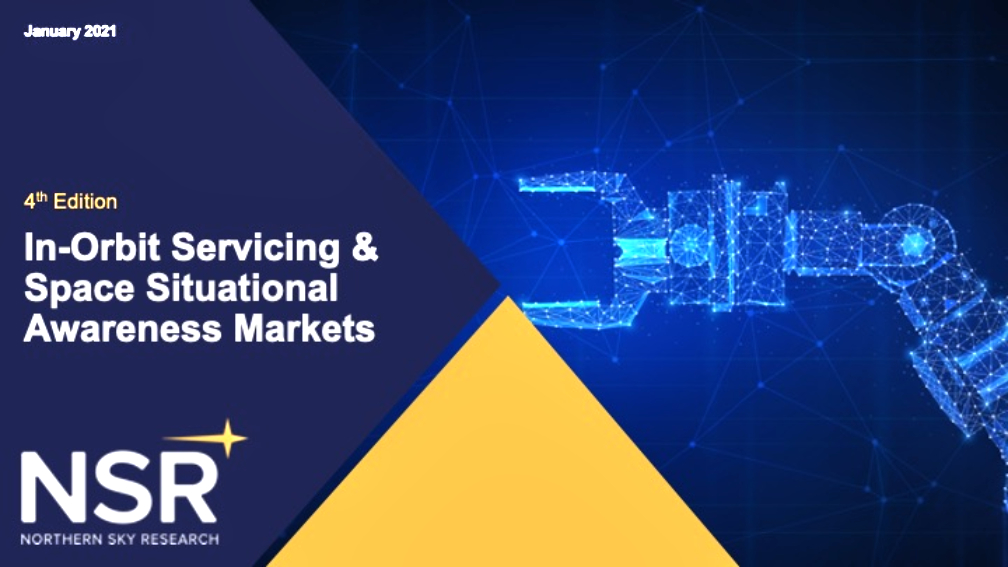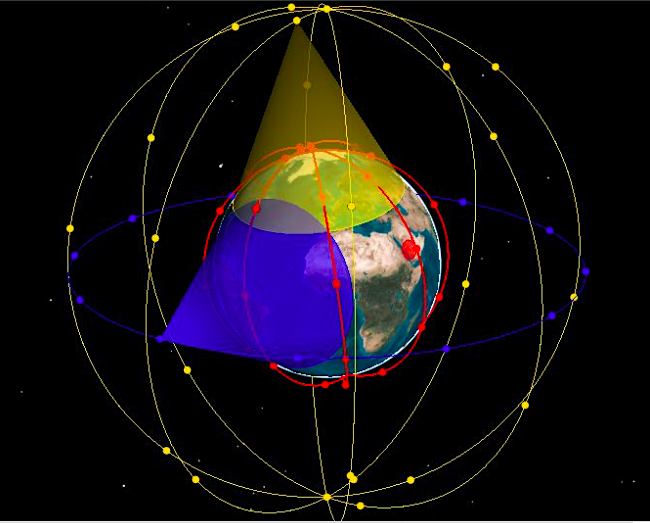 ⌁ Amazon ━ In rein, using secondary numbers riders will do a twist in the direction that corresponds with their secondary number.
⌁ Amazon ━ In rein, using secondary numbers riders will do a twist in the direction that corresponds with their secondary number.⌁ Ash ━ Curl comb in a comb, resulting in a merge.
⌁ Atomic ━ In a waterfall, lines curl away then curl over in.
⌁ Bee Thread ━ Like thread, but as a bee curl. However, the one’s do an extra canter curl, which will result in them being behind the 2’s and in reverse line order.
⌁ Box Curl ━ Comb on the first go, cut away from lead on the second go, and comb back to the rail/direction you came from on the third go, merge at rail.
⌁ Combo ━ Curl over direction called, curl opposite direction, curl over back onto original axis.
⌁ Double Cut ━ Like tier, except instead of the first two people going at once, the first and third people go and people move in behind them in that order.
⌁ Fish Hook ━ On the first go, 1's will curl comb and on the second go, the 2's will curl comb. The go's should be commanded fast no more than 1 second apart.
⌁ Halfway ━ Curl, when you are halfway through the curl you will transition into a canter curl. Since it's a transition curl, you will need to transition into the canter one step early. If done in a wave form it will throw the line into a rein.
⌁ Key Curl ━ Curl in direction said, then keyhole in direction said immediately.
⌁ Mel ━ On go, odds will curl comb and evens will do a normal comb. On the second go, the evens do a curl away from their lead.
⌁ Mist ━ Retreat curl but instead of curling over in the same direction as the curl, you will curl over in the opposite direction.
⌁ Orbit ━ Walk curl into a canter curl.
⌁ Revolve ━ Curl over towards your partner post split in a comb. You should be passing through your spot in line while combing.
⌁ Snake ━ Comb on first go, curl over towards your lead on other 'go's. Continue in this pattern until the commander tells you to merge.
⌁ Snap ━ Post split the lines will comb and keyhole away from their original line leader. Will result in a complete merge
⌁ Split U-Turn ━ Curl over wave resulting in a reversed waterfall
⌁ Sprinkles ━ After tier, the odds line will keyhole towards the evens line. Then the evens line will keyhole away from the odds. Both lines will end up in a double comb going the same direction. Stay OT.
⌁ Squiggle ━ A dodge, but with another curl over on the end going the opposite direction.
⌁ Storm ━ Mist but in a wave, resulting in a waterfall.
⌁ Strike ━ Keyhole A, rear when your front hooves reach your original axis.
⌁ Switch ━ 2 lines are in a rein, on the first go both lines comb towards the other line on the slant. On the second go they cut back into the line. Lines switch places.
⌁ Triple Curl - Walk curl, trot curl, then canter curl.
A Sun-synchronous orbit (SSO) is a type of polar LEO that exploits the regression of the ascending node caused by the Earth’s equatorial oblateness to “twist” the orbit at a rate of one revolution per year (0.9856 degrees per day). As another answer correctly stated, a Sun-Synchronous Orbit (SSO) with a Local Time of Ascending Node (LTAN) of 12 Noon would experience the maximum eclipse since the vector to the sun would lie within the orbital plane and an orbit with an LTAN of 11 AM would experience an eclipse time of close to that.
Three Classes of Orbit
High Earth Orbit

When a satellite reaches exactly 42,164 kilometers from the center of the Earth (about 36,000 kilometers from Earth’s surface), it enters a sort of “sweet spot” in which its orbit matches Earth’s rotation. Because the satellite orbits at the same speed that the Earth is turning, the satellite seems to stay in place over a single longitude, though it may drift north to south. This special, high Earth orbit is called geosynchronous.

A satellite in a circular geosynchronous orbit directly over the equator (eccentricity and inclination at zero) will have a geostationary orbit that does not move at all relative to the ground. It is always directly over the same place on the Earth’s surface.
Sun Synchronous Orbit Calculator
Sso Orbit Calculator
A geostationary orbit is extremely valuable for weather monitoring because satellites in this orbit provide a constant view of the same surface area. When you log into your favorite weather web site and look at the satellite view of your hometown, the image you are seeing comes from a satellite in geostationary orbit. Every few minutes, geostationary satellites like the Geostationary Operational Environmental Satellite (GOES) satellites send information about clouds, water vapor, and wind, and this near-constant stream of information serves as the basis for most weather monitoring and forecasting.
